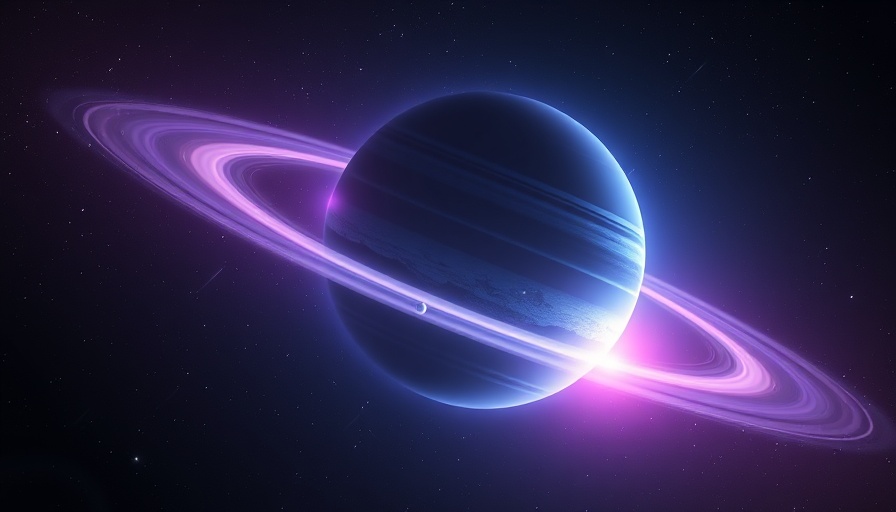
The Astonishing Science of Stellar Occultation
On April 7, 2025, astronomers witnessed a spectacular astronomical event known as a stellar occultation, wherein Uranus passed directly in front of a distant star, blocking its light. This event doesn't just serve as a fascinating cosmic dance; it represents a critical opportunity for NASA to gather invaluable data about Uranus's atmosphere and its evolution over the past three decades. William Saunders, a planetary scientist with NASA's Langley Research Center, explains the incredible potential of this phenomenon: "As Uranus began to occult the star, the planet's atmosphere refracted the starlight, causing the star to appear to gradually dim before being blocked completely." By studying these changes in light, researchers can derive important insights into the atmospheric conditions of Uranus.
Uncovering Key Atmosphere Insights
The primary focus during this stellar occultation was to measure the temperature, density, and pressure of Uranus's stratosphere—the planet's atmospheric middle layer. Observing these parameters helps scientists understand the planet’s atmospheric dynamics and could pave the way for more ambitious exploration missions in the future. NASA’s Uranus Stellar Occultation Campaign 2025 involved an impressive international collaboration of over 30 astronomers across 18 observatories, demonstrating the unifying power of science and technology in exploring our universe.
Community and Collaboration: Driving Space Research
This event was significant not only for the scientific data it produced but also for the collaborative spirit it fostered among astronomers globally. For the first time, the campaign benefited from such a large-scale partnership, showcasing how collective expertise can lead to astounding discoveries. The sharing of resources and knowledge across institutions and countries highlights the importance of teamwork in pushing the boundaries of human understanding of space.
The Future of Uranus Exploration
As data from this stellar occultation is analyzed, researchers hope to gain insights that will inform future missions targeting Uranus. The findings may help address critical questions regarding the planet's atmospheric composition and its unique seasonal changes. This aligns with the growing interest in exploring the outer planets of our solar system, with Uranus often overlooked in comparison to its larger neighbors, Jupiter and Saturn. Understanding Uranus better could reveal more about the history and formation of our solar system.
Why This Matters to Everyone
The data collected from the stellar occultation not only enhances our knowledge of Uranus but also highlights a broader theme in space exploration: the interconnectedness of all cosmic phenomena. As we learn more about distant planets, we simultaneously expand our understanding of Earth's own atmospheric conditions and climate change, making this knowledge valuable to scientists and laypeople alike.
 Add Row
Add Row  Add
Add 




Write A Comment